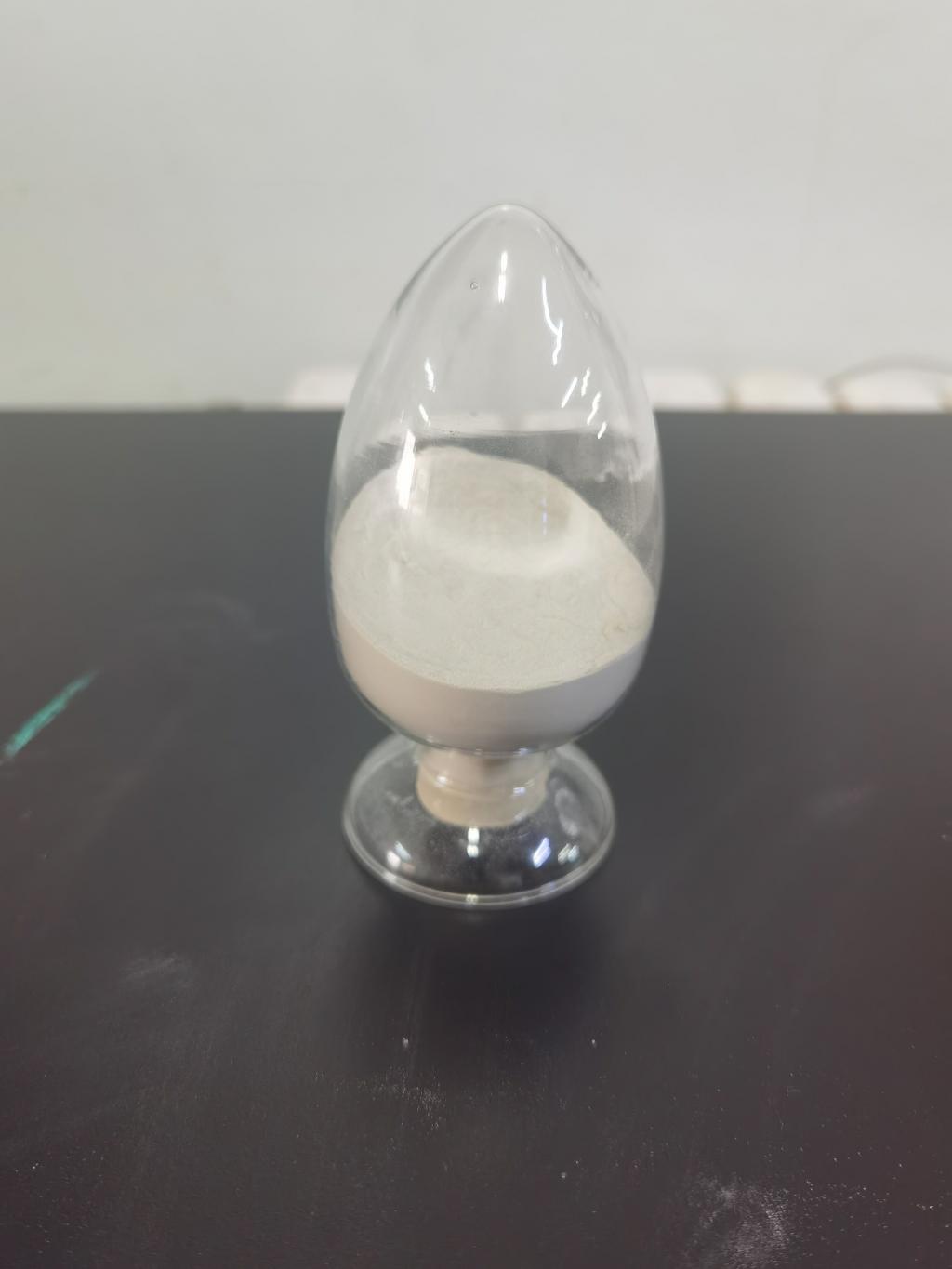Tel:+8618231198596

News
 CONTACT
CONTACT
 CONTACT
CONTACT
- Linkman:Linda Yao
- Tel: +8618231198596
- Email:linda.yao@dcpharma.cn
- Linkman:CHARLES.WANG
- Department:Overseas
- Tel: 0086 0311-85537378 0086 0311-85539701
News
Current Position:
Home >
News
>Unveiling the synergistic effects of Nisin with other natural antimicrobials.
Unveiling the synergistic effects of Nisin with other natural antimicrobials.
TIME:2024-04-17
Understanding Nisin:
Nisin is a polycyclic antibacterial peptide produced by certain strains of lactic acid bacteria, particularly Lactococcus lactis. It exerts its antimicrobial activity by binding to lipid II, a precursor in bacterial cell wall synthesis, leading to membrane disruption and cell death. Nisin's effectiveness against a wide range of Gram-positive bacteria, including foodborne pathogens such as Listeria monocytogenes and Staphylococcus aureus, makes it a valuable preservative in the food industry.
Exploring Synergistic Interactions:
Synergistic interactions occur when the combined effect of two or more antimicrobials is greater than the sum of their individual effects. Several studies have demonstrated the synergistic effects of nisin when combined with other natural antimicrobials, including essential oils, organic acids, phenolic compounds, and bacteriocins.
Essential Oils: Essential oils extracted from plants possess antimicrobial properties due to their complex composition of bioactive compounds. When combined with nisin, essential oils exhibit synergistic effects against foodborne pathogens, enhancing microbial inhibition and extending the shelf life of food products. For example, the combination of nisin with thyme essential oil has been shown to effectively control the growth of spoilage bacteria in meat products.
Organic Acids: Organic acids, such as acetic acid, lactic acid, and citric acid, are naturally occurring compounds with antimicrobial activity. When used in combination with nisin, organic acids act synergistically to disrupt bacterial cell membranes and inhibit microbial growth. This synergistic effect has been observed in various food products, including dairy, meat, and seafood, where the combined treatment enhances microbial safety and extends product shelf life.
Phenolic Compounds: Phenolic compounds found in fruits, vegetables, and herbs exhibit antimicrobial properties attributed to their ability to disrupt microbial cell membranes and interfere with cellular processes. When combined with nisin, phenolic compounds enhance antimicrobial efficacy by targeting multiple cellular targets, leading to synergistic inhibition of bacterial growth. The synergistic interaction between nisin and phenolic compounds has been explored in food applications such as fruit juices and ready-to-eat salads.
Bacteriocins: Bacteriocins are antimicrobial peptides produced by bacteria to inhibit the growth of closely related species. When combined with nisin, bacteriocins from different bacterial strains can exhibit synergistic effects against a broader spectrum of bacteria, including foodborne pathogens. This synergistic interaction enhances microbial inhibition and reduces the risk of bacterial resistance development, making it an effective strategy for food preservation.
Mechanisms of Synergy:
The synergistic interactions between nisin and other natural antimicrobials can be attributed to several mechanisms:
Complementary Modes of Action: Nisin and other natural antimicrobials may target different cellular structures or metabolic pathways in bacteria, leading to complementary modes of action. When combined, they exert synergistic effects by disrupting multiple cellular processes, such as cell wall synthesis, membrane integrity, and enzyme activity, resulting in enhanced microbial inhibition.
Potentiation of Antimicrobial Activity: Some natural antimicrobials may potentiate the antimicrobial activity of nisin by enhancing its stability, solubility, or cellular uptake. For example, essential oils can increase the permeability of bacterial membranes, allowing nisin to penetrate more effectively and exert its antimicrobial effects. Similarly, organic acids can lower the pH of the environment, creating conditions that favor nisin activity against bacteria.
Suppression of Resistance Development: The combination of nisin with other natural antimicrobials may reduce the likelihood of bacterial resistance development by targeting multiple cellular targets simultaneously. By inhibiting different stages of bacterial growth and replication, synergistic antimicrobial combinations make it more difficult for bacteria to develop resistance mechanisms, thereby prolonging the effectiveness of antimicrobial treatments.
Implications for Food Preservation:
The synergistic interactions between nisin and other natural antimicrobials have significant implications for food preservation:
Extended Shelf Life: By enhancing antimicrobial efficacy, synergistic combinations of nisin with other natural antimicrobials can extend the shelf life of food products, reducing the risk of spoilage and improving overall product quality.
Reduced Reliance on Chemical Preservatives: Synergistic antimicrobial combinations offer a natural alternative to chemical preservatives, addressing consumer demand for clean-label and minimally processed foods while ensuring microbial safety.
Enhanced Food Safety: The synergistic effects of nisin with other natural antimicrobials contribute to improved food safety by inhibiting the growth of foodborne pathogens and reducing the risk of foodborne illnesses.
Conclusion:
The synergistic interactions between nisin and other natural antimicrobials represent a promising approach for enhancing food preservation and ensuring microbial safety in food products. By combining complementary modes of action, potentiating antimicrobial activity, and suppressing resistance development, synergistic antimicrobial combinations offer effective solutions for extending the shelf life of food products while meeting consumer demand for natural and minimally processed foods.
Future research should continue to explore novel synergistic combinations, optimize formulation parameters, and evaluate the safety and efficacy of these antimicrobial treatments in various food matrices. By harnessing the synergistic effects of nisin with other natural antimicrobials, the food industry can advance towards sustainable and effective strategies for food preservation, promoting food safety and consumer satisfaction.
- Tel:+8618231198596
- Whatsapp:18231198596
- Chat With Skype







